Beauty retail is evolving fast and publishers, tech purveyors and brands are all vying for a bigger slice of the action. John Ryan reports.
By any standards, beauty is a discretionary purchase. For many, buying the approriate scent, unguent or cosmetic is a luxury – so, if times are hard, trading down or going without are possibilities. Yet, in spite of what is reported to be a tough time for many retailers, stores boasting ritzy beauty halls keep opening, or those that have them already, such as John Lewis, keep renovating.
So why the upward trend? There are perhaps three points to be considered in the current climate: location, the rise of mono-brand retailers and online beauty.
For department stores the location of the beauty section remains at the front. This makes sense – discretionary items need to be sold and making them the first thing that a shopper sees means that from the outset they are top of the mind and the temptation to buy is there.
The mono method
Then there are mono-branded stores. From MAC to Kiko, Charlotte Tilbury to Chanel, beauty brands and those for which beauty forms part of their offer are setting up standalone stores. Next are the online merchants looking for something else. New York-based Birchbox, a monthly online beauty subscription service, is now a multi-store physical retailer and stands as the prime example of this trait. But others, such as Fabled (of which more later), are bound to follow in its wake.

All of which means there is an almost counterintuitive feel about beauty as a department store category. Surely the competitive environment is so fierce that something has to give? It is also worth noting that, for the most part, beauty does not come cheap. Visit the average department store, look around and what is almost immediately apparent – whether it’s Debenhams, Selfridges or Macy’s – is that this is an area of retail where money is shovelled into a hopper and highly-wrought, heavily-branded shop-in-shops tend to emerge at the other end.
Mix-and-match beauty
However, the real question is whether department store beauty halls are viable given the other options available and the post-Brexit climate in which consumers are feeling the pinch? Christian Papa, creative director at consultancy HMKM, who has worked on beauty halls from Galeries Lafayette in Beijing to Selfridges in London, says mono-branded beauty stores are effective, but shoppers probably require more than this: “I believe that that brands are creating fantastic boutiques for the full experience of a brand. But where the department store really comes into its own is in bringing it all under one roof.”
“There is an almost counterintuitive feel about beauty as a department store category. Surely the competitive environment is so fierce that something has to give?”
Papa comments that the beauty consumer is “very promiscuous” and will mix and match products from, say, Burberry (which has a standalone beauty store in Covent Garden) with products on show in Primark or Boots.
He adds: “Department stores really need to keep upping their game to keep people coming into their stores.” Practically, this means that beauty is a category that is changing rapidly in all areas. For department stores, it means being aware of what others are doing and either innovating or reacting rapidly. The most obvious example of change can be found at the Harvey Nichols flagship in Knightsbridge. Its beauty department is, as usual, on the ground floor and a work in progress that’s due for completion in the late autumn.
It has, however, recently unveiled the Beauty Lounge: a beauty area that occupies part of the ground floor and where treatments and relaxation form a major part of the offer. The interior, by Virgile + Partners, is about giving shoppers more reasons for selection show have been allowed sufficient scope to talk to consumers without overwhelming the space.
Papa notes that the somewhat bland, but very expensive, interiors of many beauty halls in mainland Europe and the US are an exercise in renting out space to the big-brand cosmetic houses: “It’s like being in a beauty expo. Department stores that just put together a collection of brands in a non-specific environment are not very good,” he says.
He says, however, that what matters is having a “point of view”. Barneys in Chelsea (New York) and San Francisco has a “handwriting” and this is what makes it worth visiting.
The best department store beauty halls function in this way, with Liberty, Galeries Lafayette and Selfridges all serving as prime examples. Shoppers may be looking at Clinique, Aesop or Givenchy, but they still know where they are and that it is the department store that creates the experience.
Going online
The part played by technology for department stores and brands should also not be ignored. Sephora, which is a multi-brand operation, has set itself apart from its competitors in San Franciso at its Powell Street flagship with a “beauty workshop” that allows shoppers to compare notes and beauty tips with online “peers”, as well as benefitting from online make-up tutorials.
Finally, Fabled, a collaboration between women’s magazine Marie Claire and Ocado, shows just how fast the beauty landscape is altering. Fabled is a beauty shop on London’s Tottenham Court Road, designed by GPStudio, and is also an online proposition. The shop opened this month along with a website that offered an Ocado e-commerce platform as a means of next-day order fulfillment. It is a measure of the faith that this is sector with a profitable future that a publisher views setting up shop with a store and selling online as a move in the right commercial direction.
“I believe that that brands are creating fantastic boutiques for the full experience of a brand. But where the department store really comes into its own is in bringing it all under one roof”
Christian Papa, HMKM
This is not to say that department stores will find the beauty tough going in the future (although some undoubtedly will), but that as in most other parts of retail the ways in which merchandise is sold are multiplying, and flexibility and a fleetness of foot will be the order of the day. Whether some department stores prove up to the job is a moot point, but given the high unit cost for very small items and the prices that consumers still seem prepared to pay, this remains a highly attractive proposition.
Shoppers will be the ultimate winners, with choice and a greater range of in-store experiences becoming available in many markets. Everyday luxury or entry-price luxury is what the beauty sector is about, and there seems little reason to suppose that consumer thirst for this is anywhere close to being slaked.
Beauty spots
- Department stores offer complete beauty offers
- Mono-brand beauty stores offer niche experiences
- Online beauty experience is moving into the physical arena
- Beauty sector commentators are becoming retailers




















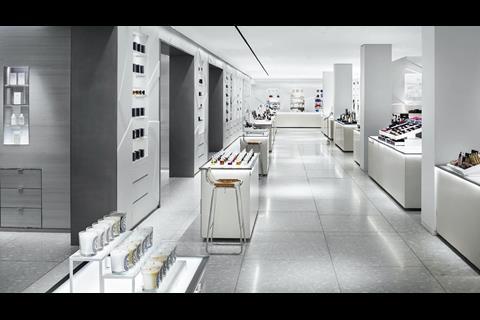
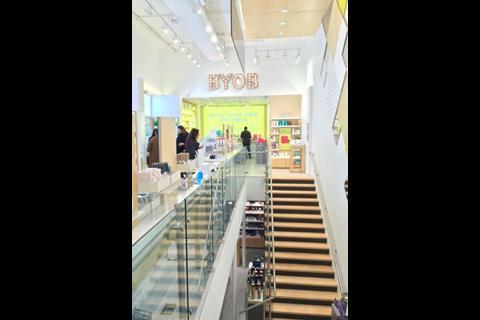

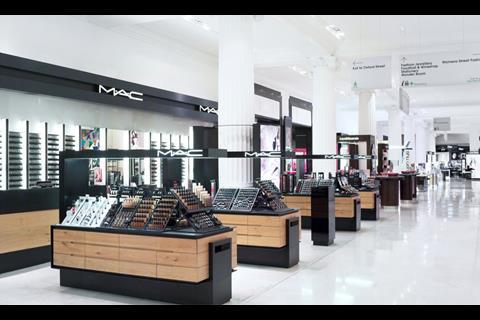
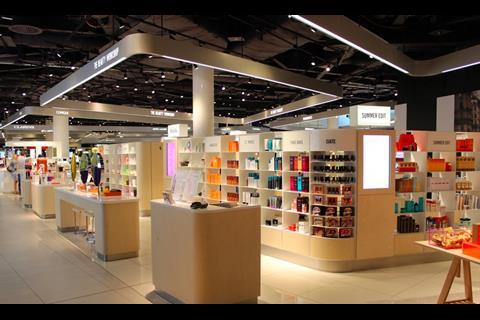
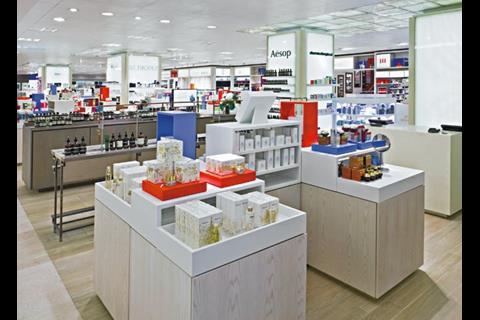
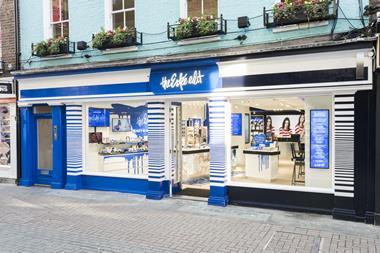

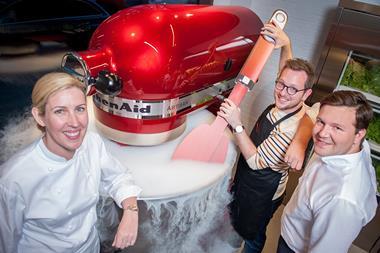



No comments yet